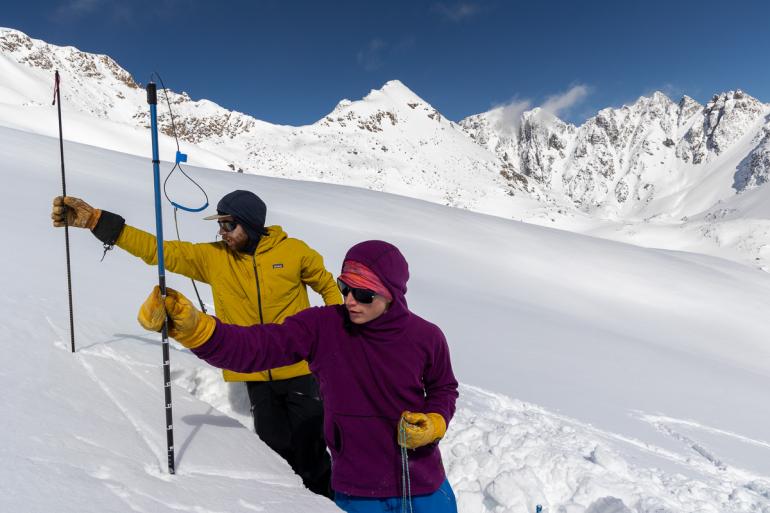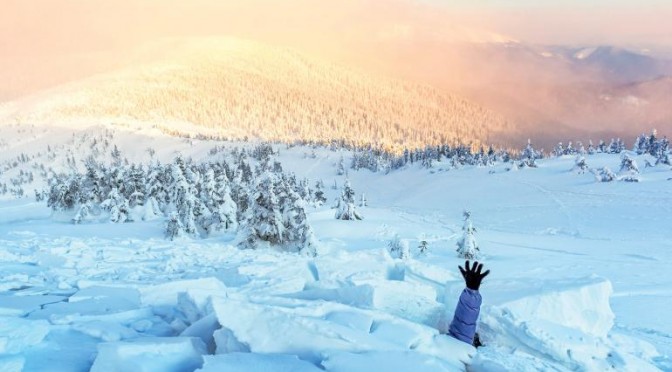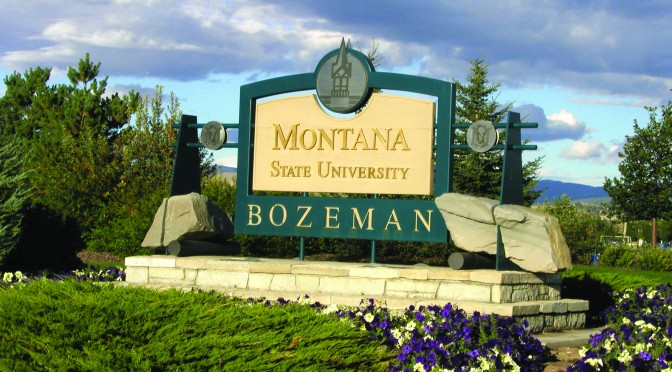By: Jack Taylor
A rundown on snow-safety resources.
“If you want to learn about something, going to school is just one way to do it.” —Doug Chabot, director of the Gallatin National Forest Avalanche Center (GNFAC)
Avalanches: the big, bad monster hiding under the bed for backcountry skiers. Every year we hear about avalanche incidents and fatalities in our local area. The cold, hard truth is that death is an inherent risk when backcountry skiing.
Another truth is that avalanche education is widely available. In fact, avalanche-education events happen nearly every day throughout winter in the Bozeman area—many of them for free. Our local avalanche center puts out forecasts every day—also free. And there’s a limitless amount of information accessible on the internet—again, free.
It’s a common misconception that avalanche education is prohibitively expensive. Yes, a formal, accredited course is the gold standard. But if you can’t afford it, plenty of other options exist.
There’s no “one thing” you can do to be safe from avalanches—except for avoiding avalanche terrain altogether. Avalanche safety is an amalgamation of skills such as terrain recognition, snowpack assessment, weather observations, decision-making, leadership, and rescue. So this winter, whether you’re a first-time skier or seasoned vet, take some time to develop, enhance, or just brush up on your avy skills.
Print Resources
These publications are timeless resources, but bear in mind that experts are still learning more about avalanches every year—so pay attention to the publication date.
- Staying Alive in Avalanche Terrain
- Avalanche Essentials
- Avalanche Pocket Guide
- Snow Sense
- Allen & Mike’s Avalanche Book
- The Snowy Torrents
- The Avalanche Handbook
Online Resources
The internet has made avalanche education more accessible (and more up to date) than ever. There are tons of resources to peruse: social media accounts, YouTube channels, incident archives, and so on. Here are some places to begin your search.
- mtavalanche.com
- avalanche.org/avalanche-education
- avtraining.org/resources
- kbyg.org
- avalanche.state.co.us/accidents/us
- outsidebozeman.com/events

Training
From seminars, to organized practice sessions, to field clinics, there are free and low-cost avalanche-training events happening all the time in and around Bozeman. Check with any of the above resources, or your favorite local gear shop, for more info.
Courses
If you want to take a formal, accredited avalanche course, more power to you. These courses can be expensive, but the benefit is long-duration, hands-on instruction by professional instructors. Local course providers include:
- Beartooth Powder Guides
- Big Sky Backcountry Guides
- Montana Alpine Guides
- Montana Backcountry Yurts
- Montana Mountaineering Association
- MSU Outdoor Rec
- Six Points Avalanche Education
Dos and Don’ts
A comprehensive list of avalanche-safety rules would take up this entire magazine. Here’s a cursory overview.
DO: Ask questions. Avalanche safety is all about gathering information. What safety gear do I need? How do I use it? Where can I ski that’s safe? How do I test the snowpack?
DON’T: Take every answer at face value. Instead, be investigative. Use reputable sources. Email [email protected] with any questions you have.
DO: Practice. Get to know your safety gear. Get to know the snowpack. Get to know your partners.
DON’T: Get complacent. Many accidents happen when the guard is down. Stay on your toes out there.
DO: Read, or listen to, the avalanche forecast. It’s published every morning in text and audio format. Many folks make a habit of listening to it in the car with their ski partners on the way to the trailhead.
DON’T: Hesitate to change plans. Higher wind gusts than expected last night? Dial it back. Warmer temps than expected today? Make a turnaround time. There’s always another day to ski.
Human Factors
Group dynamics and decision-making are critical components of backcountry skiing. Tomes have been written about human factors in avalanche safety. Start by looking up the F.A.C.E.T.S. acronym, which outlines common traps we fall into:
Familiarity – Feeling more comfortable in a place we’ve already been
Acceptance – Wanting to prove our worth to others
Consistency – Tending to stick with decisions we’ve already made
Expert Halo – Assuming that more experienced opinions are more important
Tracks – Rushing to ski a slope before it gets tracked out
Social Facilitation – Altering our risk tolerance when other people are watching
Knowledge vs. Experience
Reading avalanche reports, watching instructional videos, and taking courses will help you learn about avalanches. But at a certain point, you need to get out in the snow to get experience. This does NOT mean diving head-first into avalanche terrain. To the contrary, you can learn a lot about avalanches from well within the safe zone.
So go outside and bury a beacon. Dig a hole and look for weak layers. Look for signs of wind-loading or propagation. Compare a slope-angle map to your inclinometer. Ski powder, get face shots, and high-five your friends. If you’ve read this far, you’re already on your way to becoming a savvy backcountry skier.





